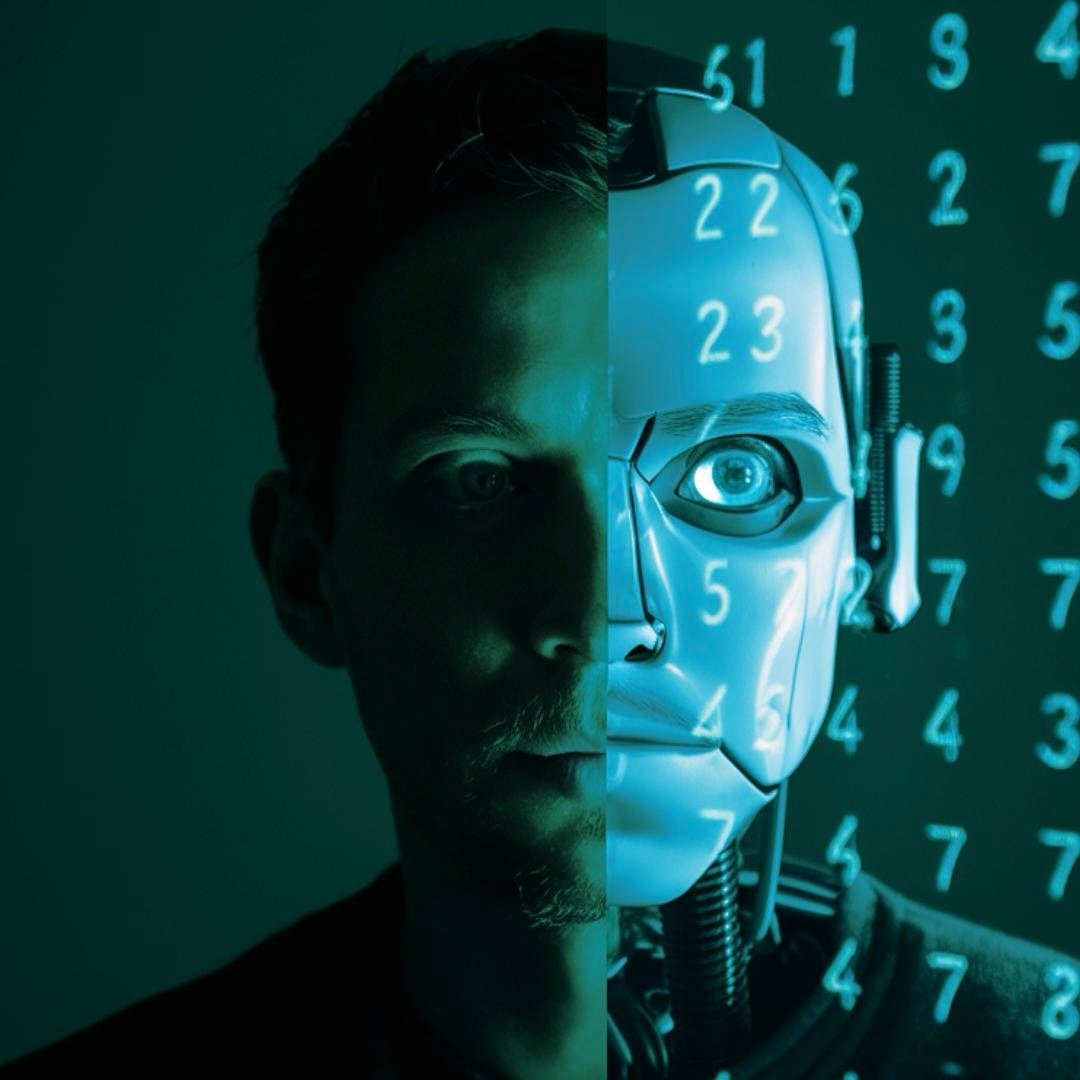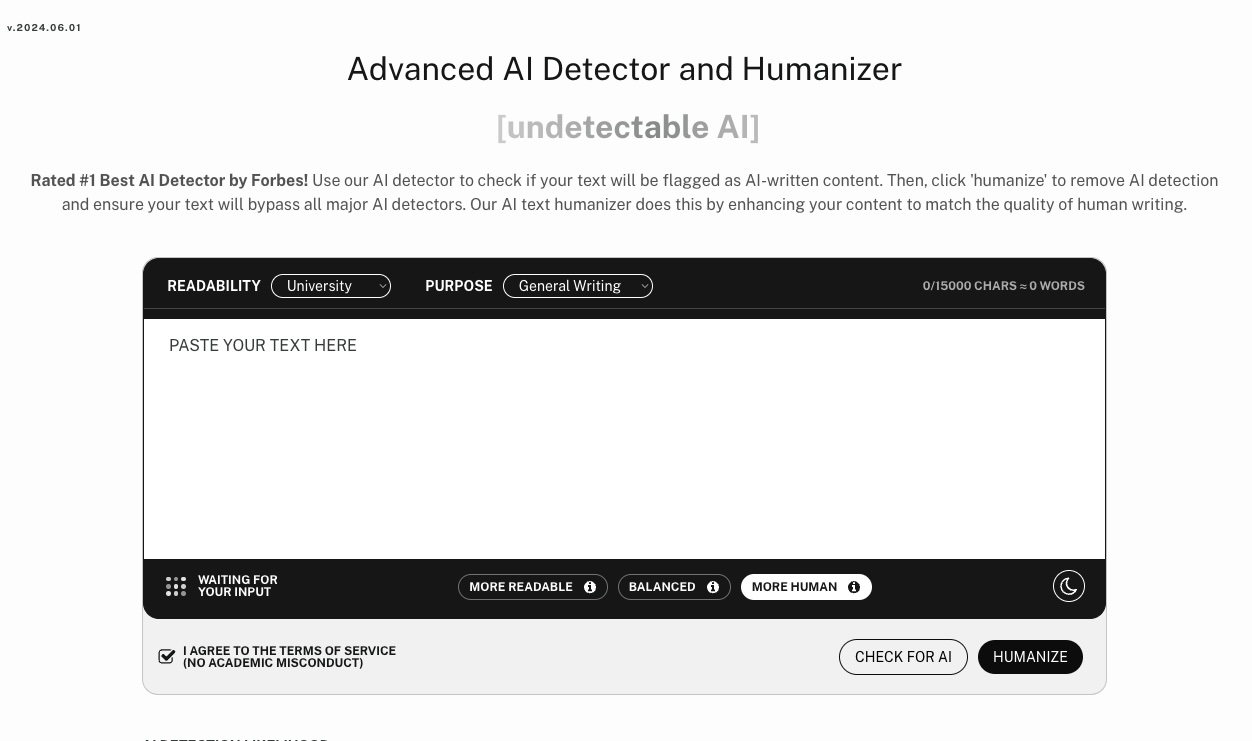
If you’ve ever used AI to write any type of content, you may have noticed that AI tends to write in a certain way.
One example might be when asking ChatGPT to write an email, it opens with something like “I hope this email finds you well!”
Simply, AI writes like AI, because it is AI. People who frequently use AI (specifically LLM’s), may find it easier to identify when a piece of content appears to be AI-generated.
AI tools can write text that simulates emotion, but in their current state aren’t capable of understanding the underlying complexities of emotions.
Detection of AI generated text

While some may be able to eyeball text created by AI, there is also a new type of software available to consumers called AI content detectors. One example is a tool called Originality.ai, which checks for patterns and indicators of AI-generated text.
AI content detectors look for the predictability of a sentence or word choice, and may also be trained on responses from AI models like ChatGPT.
However, the detection of AI-generated text isn’t without fault. An article on Gizmodo revealed that every human writer who was interviewed felt that AI content detectors were the problem.
Why? Because according to the writers who were interviewed, AI detection systems had falsely detected their writing as AI-generated.
AI Humanizers explained
In the wake of AI content detectors, and the rising amount of AI generated content, a new type of adversarial software has started gaining popularity.
It’s called an AI humanizer. Undetectable AI is one of the most widely used and main examples of an “AI humanizer.”

Here’s how an AI humanizer works: A user generates a piece of content using AI, they then copy the content, paste it into an AI humanizer, and then, the content is rewritten in the way a human would write it.
Devan Leos, a co-founder of Undetectable AI explains that the science behind the Undetectable AI humanizer goes beyond prompt engineering.
“Our AI humanizer checks for signs of content, and then references its training data to rewrite the content in the way a human would write,” Leos explains, “then after it rewrites the content, it performs a final check before displaying the rewritten and humanized version of the text.”
Why people are using AI humanizers
“The reasons vary,” explains Bars Juhasz, a computer scientist and machine learning researcher. “Some people want to create content that doesn’t stick out like a sore thumb as AI. Others are worried about their content getting flagged by detectors, whether they wrote it or not, and just want to make sure it passes.
AI content detectors like Originality.ai have been used by publishers, and detectors like Turnitin are specifically targeted toward teachers to use in academic environments.
Last year USA Today reported on William Quarterman, a student at UC Davis who was accused of using AI by his professor, who ran Quarterman’s essay through an AI detector.
On one hand, AI detectors can serve a noble purpose, helping identify misinformation and instances of academic deception. But the problem is when they misidentify human written work as that of AI.
While educators and AI content detection companies may pose that AI content detectors are a tool to combat student cheating, they may be failing to consider why students cheat, and what the ramifications are of students being falsely accused.
AI humanizers like Undetectable AI have been called “a modern threat to academia,” however in a way, the existence of a tool like Undetectable AI exposes a concerning flaw in the AI detection process, and calls into question the legitimacy of irresponsible AI content detection tools.
Good or bad?
AI humanizers can be beneficial to those looking to use AI to communicate or create content while maintaining an authentic and human-sounding tone. But they could also be used by bad actors to make deception easier.
Similarly, AI content detectors could be used to spot unoriginal or AI-generated content attempting to be passed off as authentic. Yet like AI humanizers, AI detectors used irresponsibly could cause harm to innocent and honest individuals.
If teachers are worried about their students using ChatGPT to write essays, they could consider making students write essays in class, and investigate what’s causing their students to cheat.
While AI-generated essays may be seen by some as a shortcut accelerator, teachers using AI content detection systems could be accused of doing the same; that is, outsourcing their intellect to software instead of intimately assessing the situation.
The AI-era is upon us, and how we respond to it could shape the future, for better or for worse.
Discover more from Market Business News
Subscribe to get the latest posts sent to your email.

